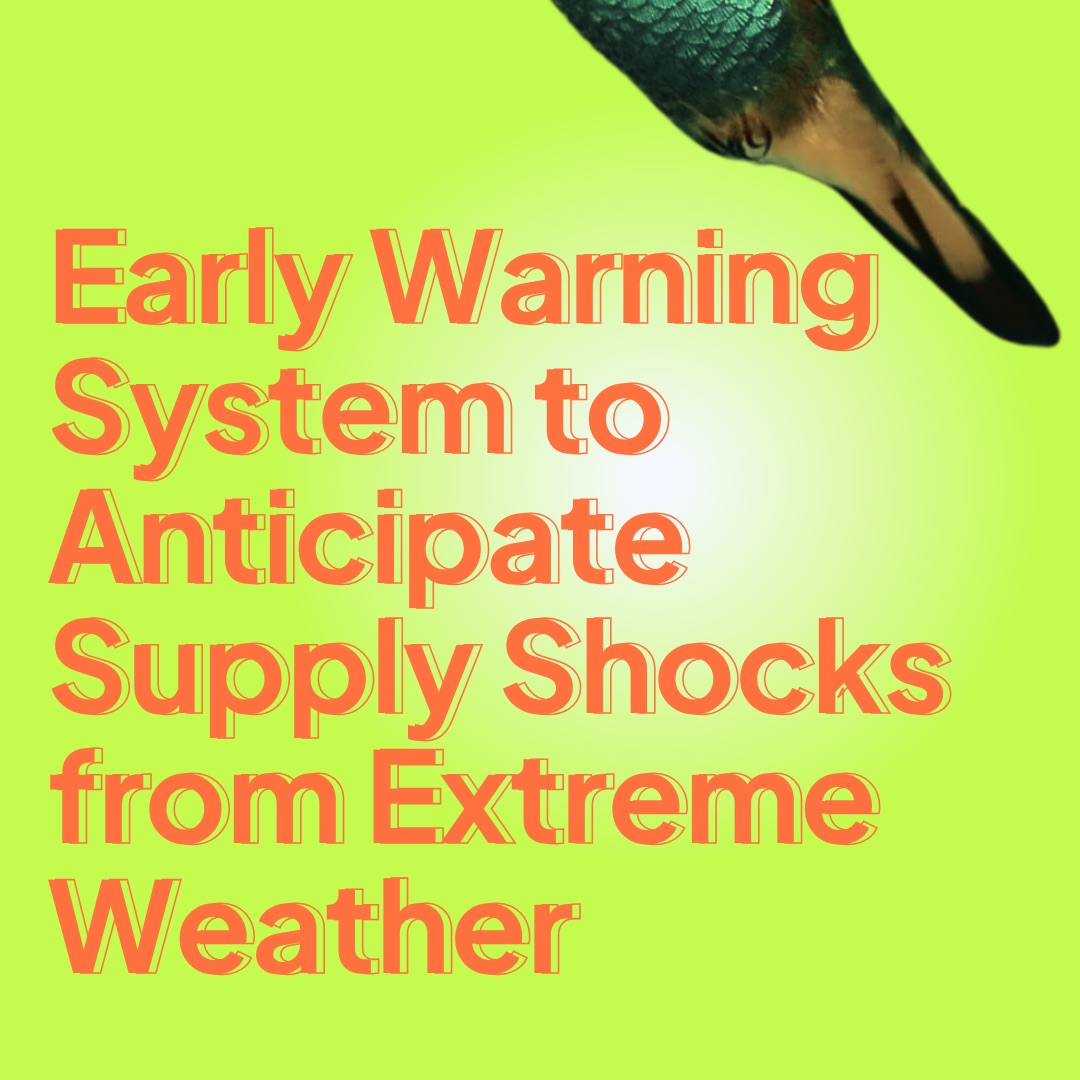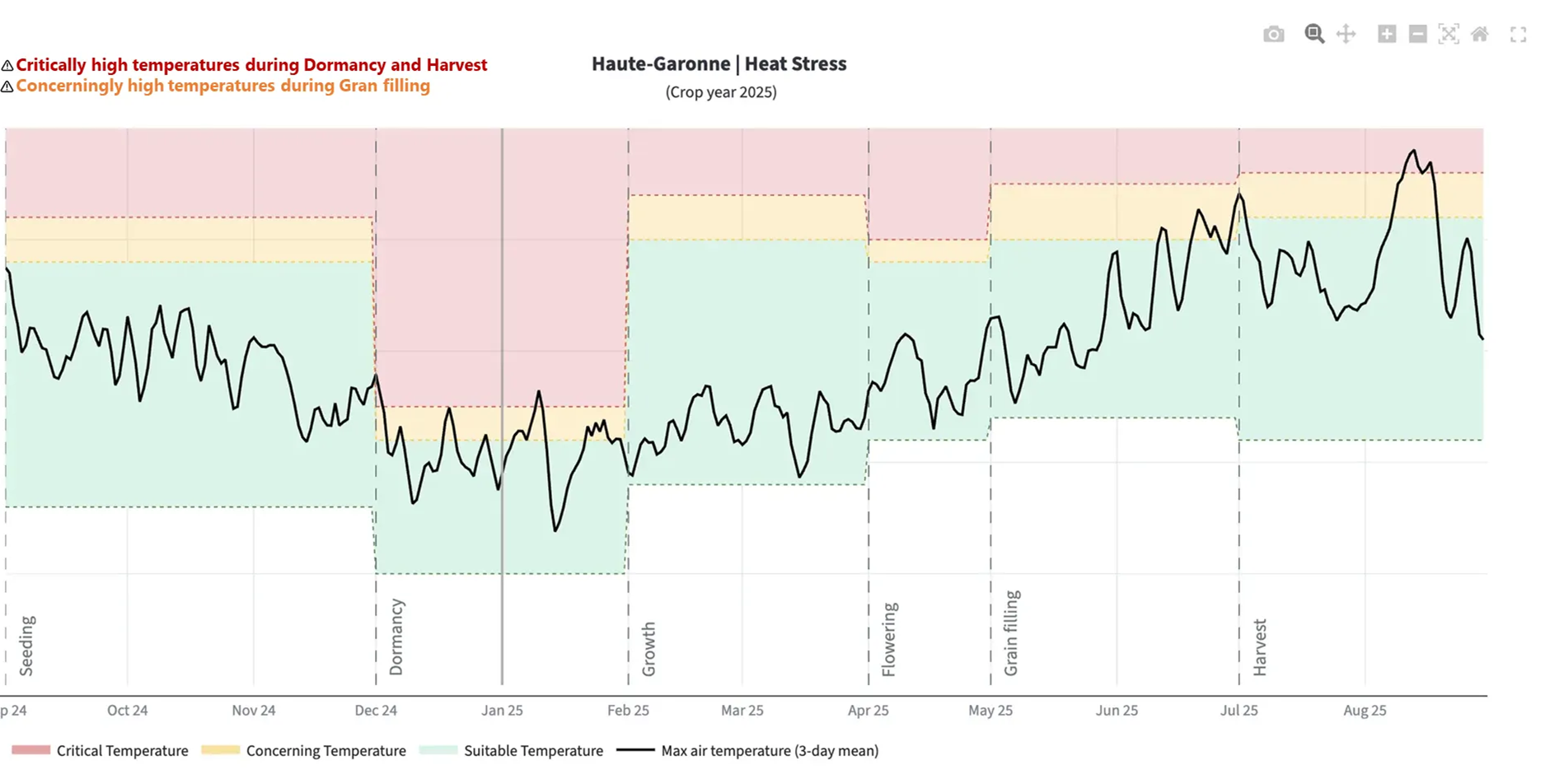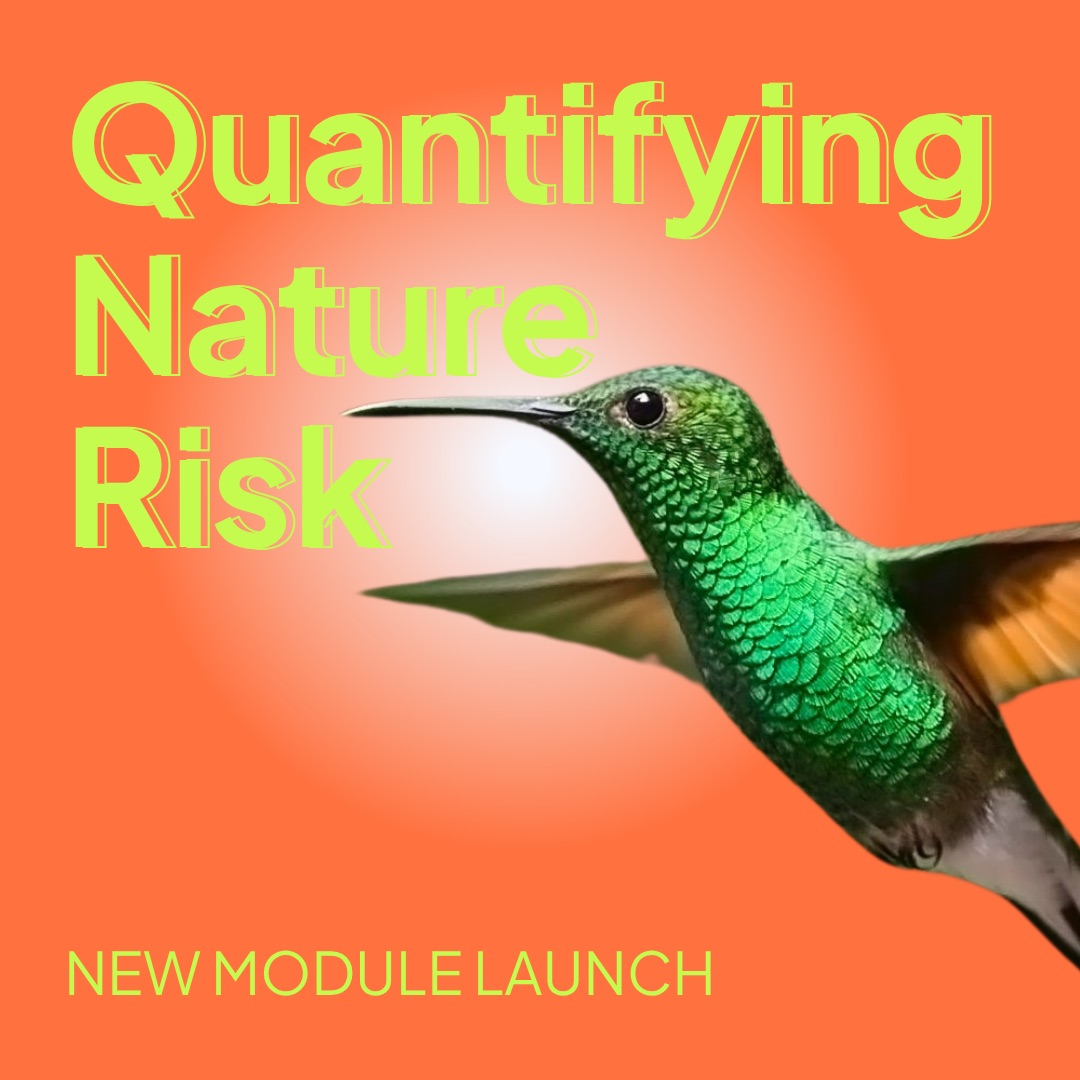
New: Nala’s early warning system for procurement teams for extreme weather supply shocks
Drought, heat, and frost are already hitting global food supply – from citrus & olives in Spain to cracked melons in Morocco, and wheat yields falling across Eastern Europe. For procurement teams, these events translate directly into volatile prices, last-minute sourcing fixes, and rising costs
Too often, sourcing teams react only once yields are already down. What if you could spot those risks forming in real time - and act before supply is disrupted?
Introducing Nala’s Crop Risk Module
The Crop Risk Module builds on Nala Earth’s nature intelligence platform - extending our nature analytics to supply resilience.
Powered by AI and weather data, it tracks how growing conditions evolve over time to forecast potential supply disruptions months in advance. The module translates complex weather and crop data into clear, actionable insights for procurement teams - helping them:
1) Secure supply
2) Stabilize costs
3) Plan with confidence

How it works
1. Track weather suitability across crop growth phases – Each crop has specific weather conditions it can tolerate. The module models these optimal ranges for key stressors such as temperature, precipitation, drought, frost, wind, and hail throughout the growing season.
2. Detect threshold breaches – The system continuously monitors local weather against crop-specific thresholds and flags when conditions begin to threaten plant health or yields.
3. Flag hotspots automatically – The platform pinpoints sourcing regions where crop stress is building, directing procurement attention to areas that require early action.
From data to foresight
With automated alerts across global sourcing regions, procurement teams can see risks forming long before they impact yields. This foresight enables them to adjust sourcing plans, secure alternatives, and protect quality and margins - turning weather volatility into competitive advantage.
We are now working with a small group of partners to refine the Crop Risk Module and validate forecasts across different crops and regions. If this resonates, we’d love to hear from you.
Get in touch if you’d like to learn more!

.jpeg)


